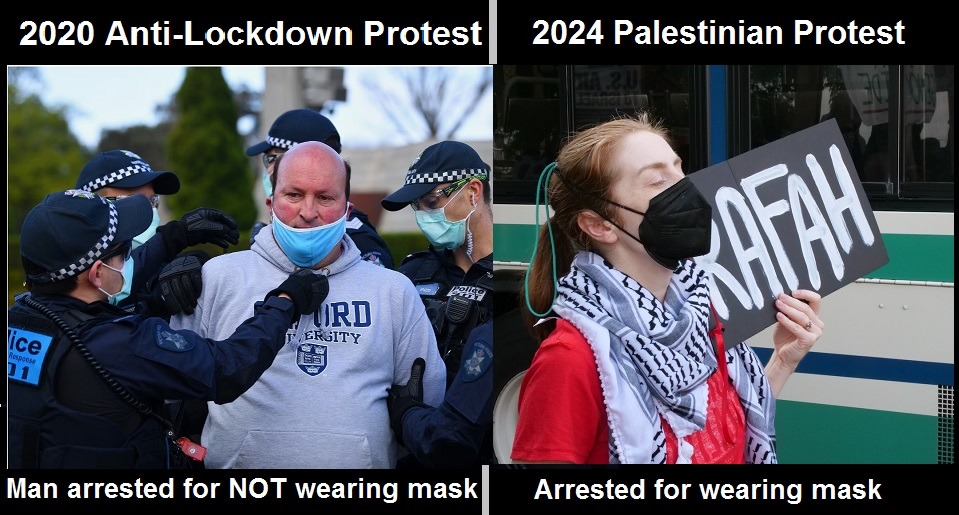JPMorgan Chase Could Face Fourth Felony Count for Rigging Precious Metals Markets

JPMorgan’s reputation is so soiled for market rigging offences that two trail attorneys have written a book comparing the bank to the Gambino crime family.
By Pam Martens and Russ Martens and cross-posted from Wall Street on Parade
On September 25, 2013, after spending five years and 7,000 hours using taxpayers’ money investigating the potential rigging of the silver market, the Commodity Futures Trading Commission (CFTC) concluded that “there is not a viable basis to bring an enforcement action with respect to any firm or its employees related to our investigation of silver markets.” The investigation was provoked by multiple complaints asserting the market was rigged.
The CFTC is a Federal regulator that oversees the U.S. commodities markets. The U.S. Department of Justice (DOJ) is also a Federal agency and the only one that can bring a criminal case against firms and individuals who commit conspiracy and fraud in commodity and securities markets. (The Securities and Exchange Commission can bring only civil, not criminal, cases.)
On October 9 of last year, the DOJ used its criminal powers and charged John Edmonds, a former long-time employee of JPMorgan Chase, with one count of commodities fraud and one count of conspiracy to commit wire fraud, commodities fraud, commodities price manipulation and spoofing.
The charges covered the period in which the CFTC had found no “viable basis to bring an enforcement action” for silver market manipulation.
Edmonds has pleaded guilty to the charges and admitted that “from approximately 2009 through 2015, he conspired with other precious metals traders at the Bank to manipulate the markets for gold, silver, platinum and palladium futures contracts traded on the New York Mercantile Exchange Inc. (NYMEX) and Commodity Exchange Inc. (COMEX)….”
In one specific example involving the silver market, Edmonds admitted to the following:
“As one example of this deceptive trading strategy, on or about October 12, 2012, at approximately 1:08:48.831 p.m. (Central Daylight Time), the defendant placed an order to sell 402 silver futures contracts at the per-contract price of $33.610 with the intent to cancel the order before execution. The purpose of this Spoof Order was to induce other market participants to trade against the defendant’s opposite side order to buy silver futures contracts, which order the defendant did want to execute. The defendant’s Spoof Order did, in fact, cause other market participants to react and trade at prices, quantities, and times that they otherwise would not have traded, but for the defendant’s Spoof Order, including a precious metals trader in Connecticut who sold a single silver futures contract at 1:08:48.837 p.m. at the price of $33.585.”
The CFTC’s fruitless 5-year investigation is all the more embarrassing because Edmonds was not some lone, rogue trader inside an otherwise pristine Wall Street bank. JPMorgan’s reputation is so soiled for rigging everything from electric markets to foreign exchange to wearing a self-imposed blindfold while Bernie Madoff carried out his decades-long Ponzi scheme that two trail attorneys have written a book comparing the bank to the Gambino crime family. (The reality is that it would take a 7,000-hour study just to chronicle this bank’s serial crimes. See our partial rap sheet here.)…



